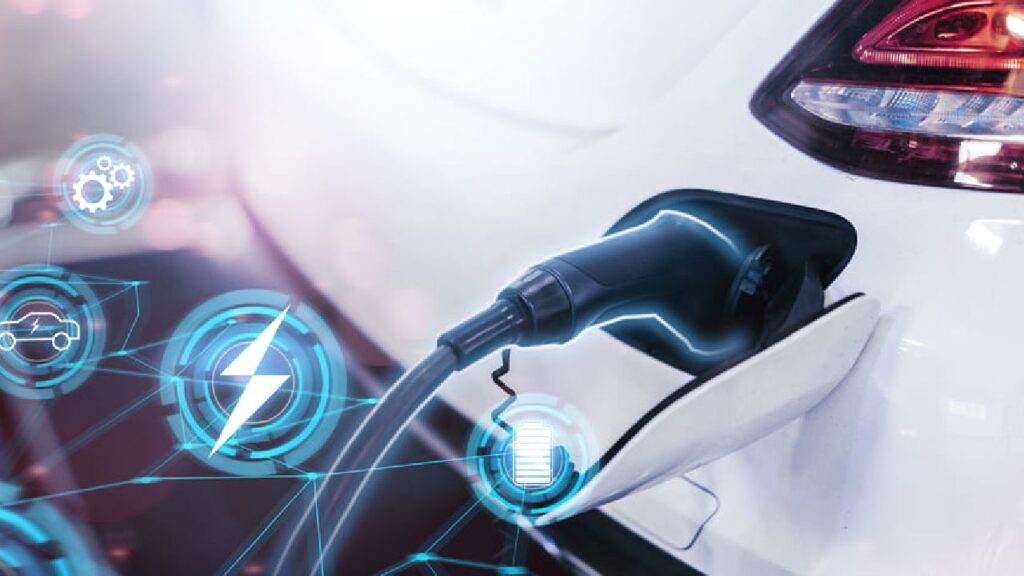EREVs refer to Extended Range Electric Vehicles and they are slightly different from BEVs (Battery Electric Vehicles), PHEVs (Plug-In Hybrid Electric Vehicles) and HEVs (Hybrid Electric Vehicles).
We take a look at the details of EREVs and how they differ from PHEVs, BEVs and HEVs. In the realm of electrified vehicles, Plug-in Hybrid Electric Vehicles (PHEVs) have gained substantial recognition for their ability to combine electric power with an internal combustion engine. However, a lesser-known but equally intriguing concept is the Extended Range Electric Vehicle (EREV). EREVs represent a unique take on electrification, differing significantly from PHEVs. In this article, we delve into the world of EREVs, exploring their distinctive features, advantages, and limitations.
You might also like: How to Prevent Effects of Extreme Hot & Cold Weather on EV Batteries?
Difference Between EREVs, PHEVs, BEVs and HEVs
The main difference lies in the configuration and application. BEVs operate solely with the help of batteries. They supply power to the electric motor, which drives the wheels. PHEVs could have a charging socket and a small battery to get power. But the wheels are driven by an IC engine.
Similarly, HEVs have a slight usage of electric components to increase fuel economy and efficiency but the vehicles use the power from the IC engine to move. However, EREVs use electric powertrain to drive the wheels and the IC engine supplies power to the battery only.
You might also like: Ownership Experience of EVs More Tricky Than ICE Cars – Study
Characteristics of EREVs
Optimized Battery Size
Since EREVs come equipped with an onboard charger, the need for an extensive battery pack is mitigated. Typically, EREVs feature a battery capacity of around 45 kWh or lesser, which is sufficient to provide a respectable electric-only driving range, surpassing that of many PHEVs. In some instances, EREVs can cover up to 200 kilometres solely on electric power. When the battery charge dwindles, drivers have two options: allow the generator to kick in or make a stop at a DC charger for a swift recharge.
Self-Recharge Capability
One remarkable aspect of EREVs is their ability to function as Electric Vehicles with the added benefit of self-recharging. With a substantial electric range, often exceeding the daily driving needs of many individuals, EREVs offer peace of mind for extended journeys or unforeseen circumstances where charging infrastructure might be scarce.

Enhanced Power and Fun
EREVs frequently outshine PHEVs in terms of power and performance. It’s not uncommon to encounter EREVs boasting electric power outputs of up to 300 kW. Their electric-only powertrains deliver a thrilling driving experience, characterized by instantaneous torque delivery. Moreover, EREVs offer a significantly greater electric-only driving range and can efficiently utilize DC fast chargers.
You might also like: New 3D Technology Claims To Make EV Batteries Safer
Limitations of EREVs
While EREVs present a compelling electrified option, they are not without drawbacks. Currently, they tend to be available primarily as larger SUVs and crossovers, limiting their appeal to a specific vehicle segment. Whether this trend will shift in the future remains uncertain, pending greater popularity among consumers.
One downside of early EREVs is their comparative fuel inefficiency when compared to the latest PHEVs. Additionally, recharging a vehicle’s battery through an onboard generator can be more expensive than utilizing external DC or AC chargers.
Cost Considerations
Constructing a small EREV presents unique challenges and can be more costly than developing a pure electric city car. EREVs are economically justifiable in larger vehicles with greater battery requirements.
Space and Safety
The internal combustion engine necessitates additional space within the vehicle, often at the expense of cargo capacity or trunk space. Safety ratings and implications in accidents also deserve attention when assessing EREVs.
You might also like: Is Leasing EVs Cheaper Than ICE Cars?
Learn Electric Cars Says
In summary, Extended Range Electric Vehicles (EREVs) offer a distinctive take on electrified transportation. They combine electric motors with an internal combustion engine, but the engine serves solely as a generator. EREVs excel in providing a substantial electric-only range, self-recharge capability, and enhanced power.
However, they are currently limited to larger vehicle segments, and maintenance concerns, cost considerations, and space issues remain. As automotive technology continues to evolve, EREVs may find their niche in a market that demands versatility and extended electric range. We hope that this post clarifies how EREVs are different from PHEVs, BEVs and HEVs.


Pingback: Top 5 Unique Upcoming Electric SUVs in 2024 - Part 1
Pingback: Best Methods & Challenges of Recycling Electric Vehicle Batteries
Pingback: VW CEO Says PHEVs Are Necessary Transitional Technology
Pingback: dk7
Pingback: Browning firearms for sale near me
Pingback: Plug-in Hybrid Cars Not As Popular As You Think - J.D. Power
Pingback: รับทำเว็บไซต์
Pingback: โบท็อกราคา
Pingback: faw99
Pingback: https://bryggargillet.nordmark.org/index.php/Prfirecouk606
Pingback: กติกาผู้เล่นเก้าเก เล่นยังไง
Pingback: รถบรรทุกอีซูซุ
Pingback: cam chat
Pingback: pgslot
Pingback: ธุรกิจงานศพ
Pingback: superslotmax
Pingback: Aviation Tire
Pingback: จัดงานศพครบวงจร